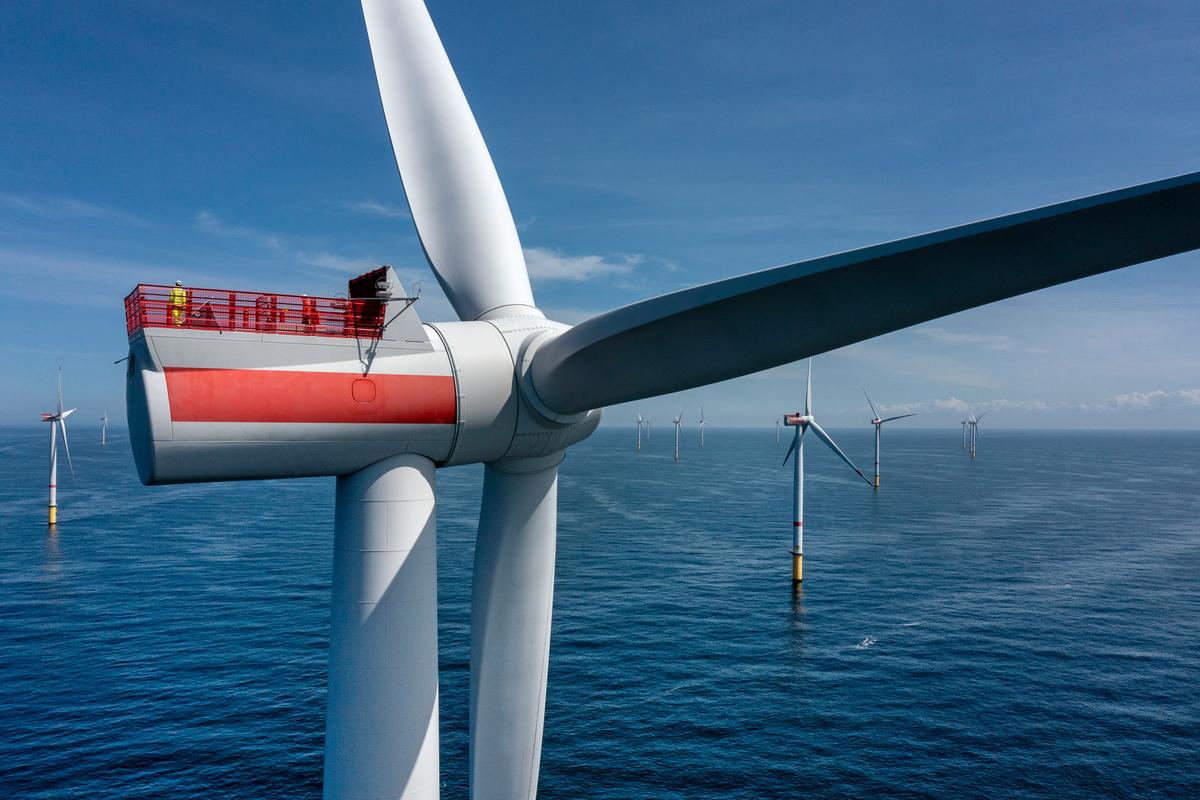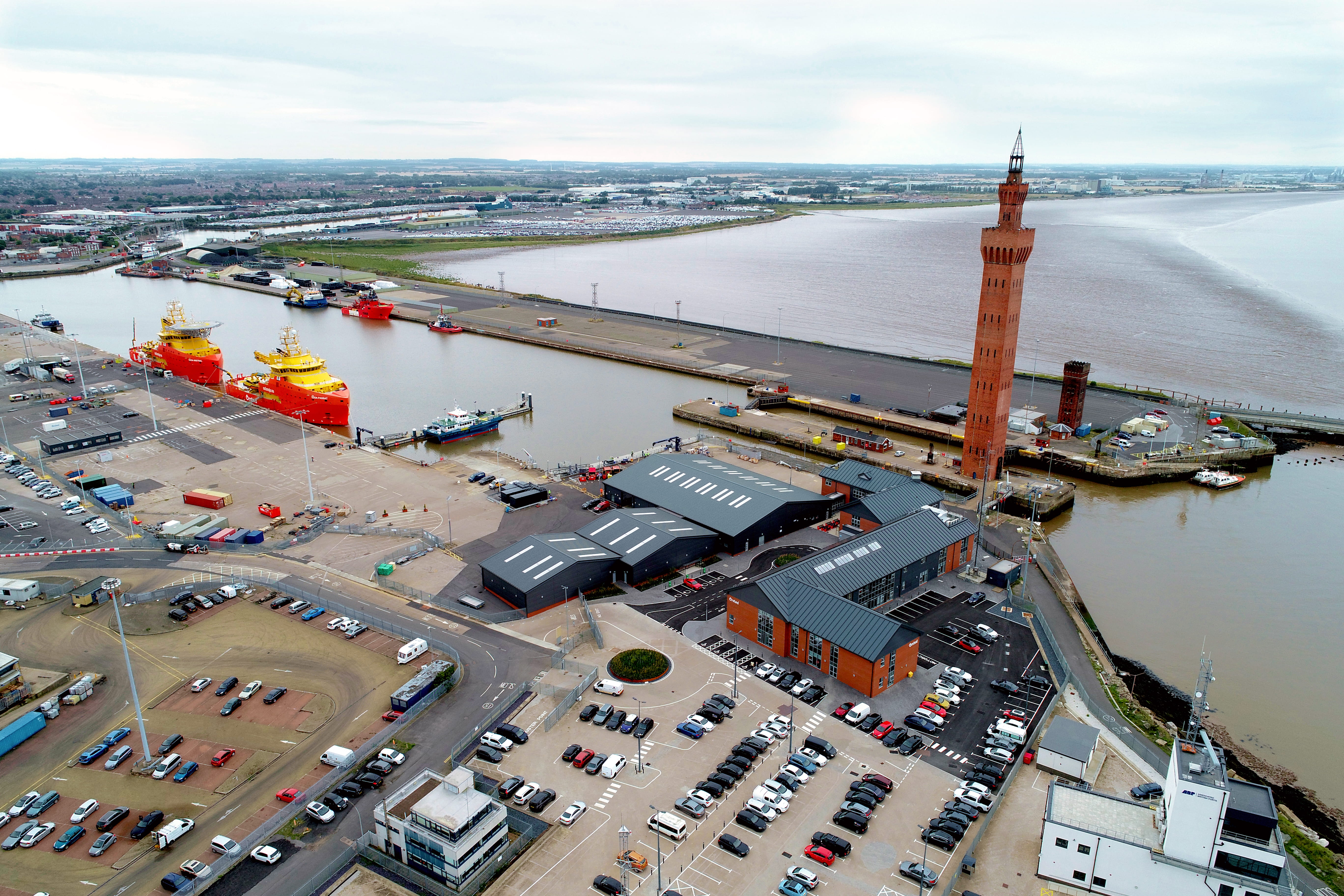
Offshore wind needs more innovation funding to match ambition
To harvest the full economic benefit of the UK’s offshore wind industry, Richard Crossick, Ørsted UK’s Head of Public Affairs, writes that we need to create an ecosystem of innovators here.
Read Richard’s take












